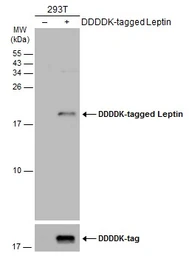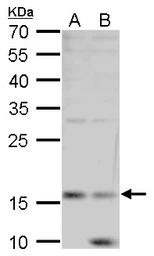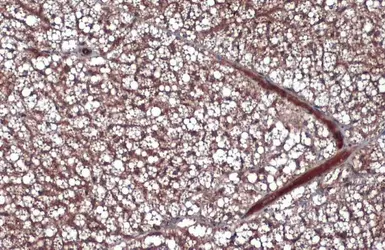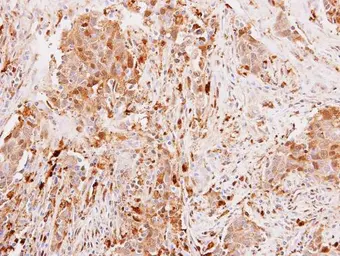Leptin antibody
Cat. No. GTX109204
Cat. No. GTX109204
-
HostRabbit
-
ClonalityPolyclonal
-
IsotypeIgG
-
ApplicationsWB IHC-P
-
ReactivityHuman, Mouse






